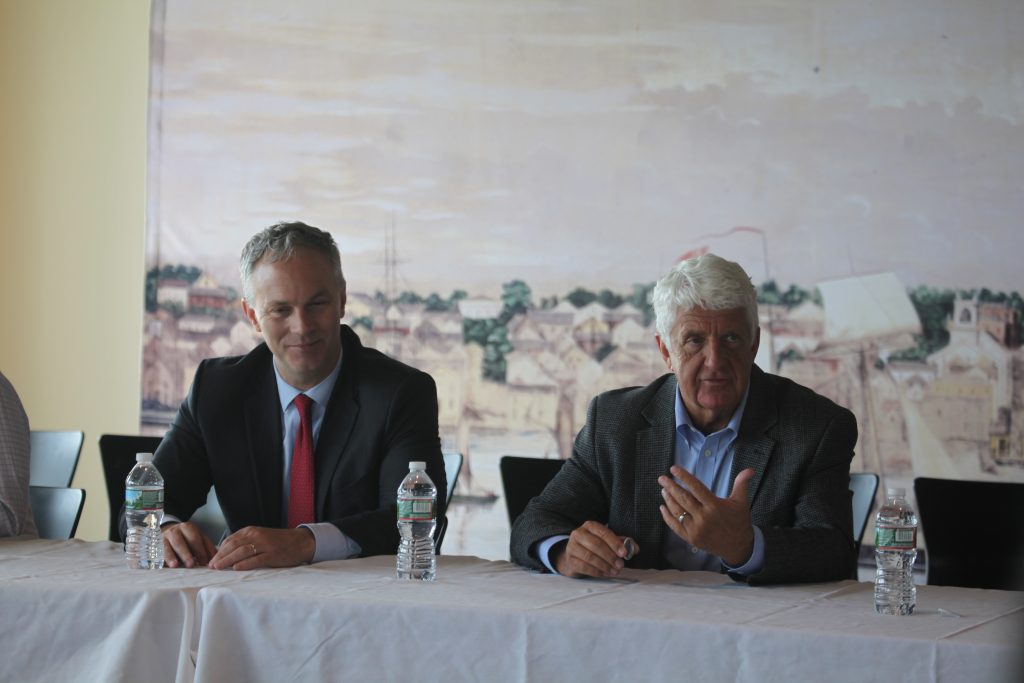August 5, 2016 — PORTLAND, Maine — A plan to try to save southern New England’s fading lobster population will come up for review as soon as fall.
The regulatory Atlantic States Marine Fisheries Commission is working on changes to the way fishermen harvest lobsters south of Cape Cod.
Scientists say the population of southern New England lobsters has declined as ocean waters have warmed.
The fisheries commission is going to consider new management measures that could include seasonal closures and changes to the minimum and maximum harvesting sizes of lobsters. A plan will come before the commission as soon as October and will likely go out for public comment next year.
Read the full story from the Associated Press at the New Jersey Herald


